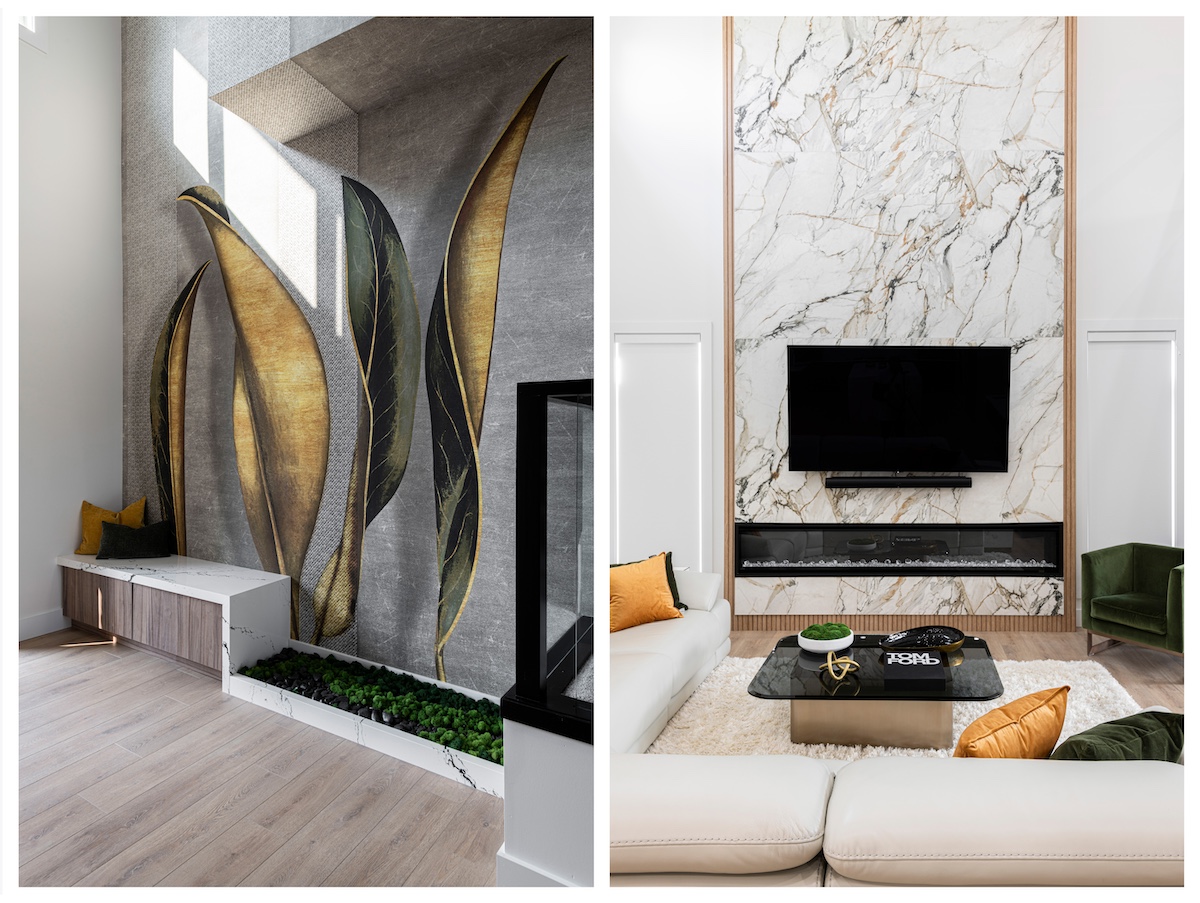If someone is going to design their home on their own, what advice would you give them?
Start by clearly defining your goals and priorities for your home design. Consider factors such as functionality, aesthetics and budget.
Research and gather inspiration: Look for inspiration from various sources such as architecture, magazines, websites, social media platforms, and even visiting open houses or show homes. Gather ideas and create a vision board or mood board to help you visualize the overall style and theme you want to achieve.
Focus on practicality: While aesthetics are important, it’s crucial to prioritize practicality and functionality. Ensure that the design allows for efficient use of space, provides ample storage solutions, and incorporates elements that align with your daily routines and activities.
Pay attention to details: Details can make a significant difference in the overall design. Consider aspects such as lighting, hardware, finishes, and materials. Ensure that they harmonize with the overall style and theme while also meeting your functional and budgetary requirements.
Seek professional guidance when needed: While you may be designing your home on your own, it’s still beneficial to consult with professionals when necessary. An interior designer can provide valuable insights and expertise in areas such as colour schemes, material selections, and space planning.
What are some common mistakes people make when designing for the first time?
One of the most common mistakes is jumping straight into the design process without proper planning. It’s important to define your goals, set a budget, and create a clear vision for the space before starting any design work.
Sometimes people prioritize aesthetics over functionality. While it’s important to create a visually appealing space, it should also be practical and suit your needs. Consider how you will use the space and ensure that the design allows for easy movement and functions well for your needs
